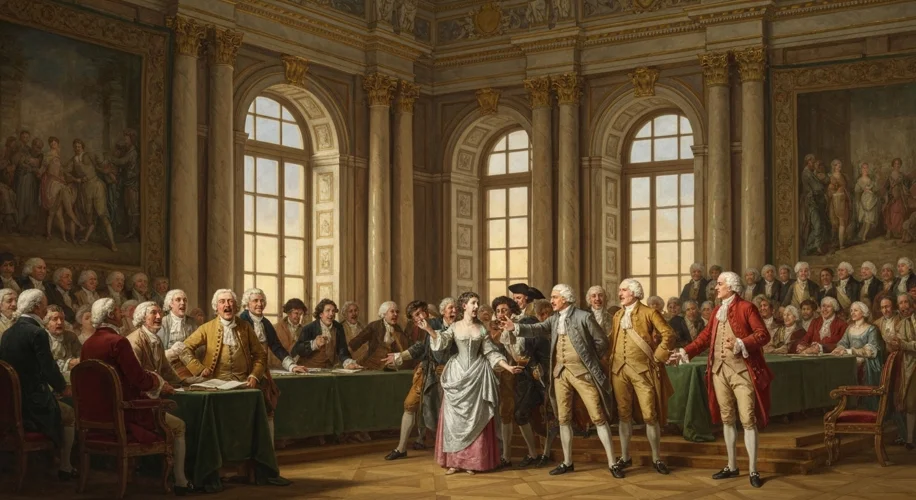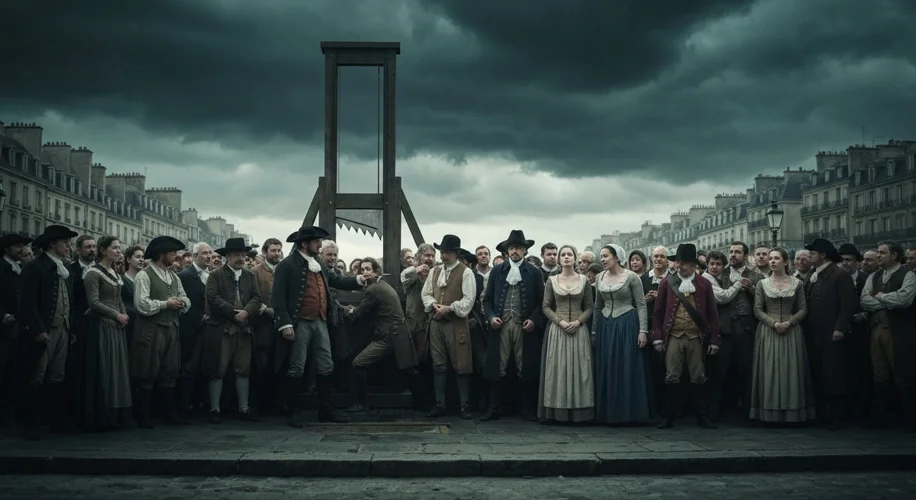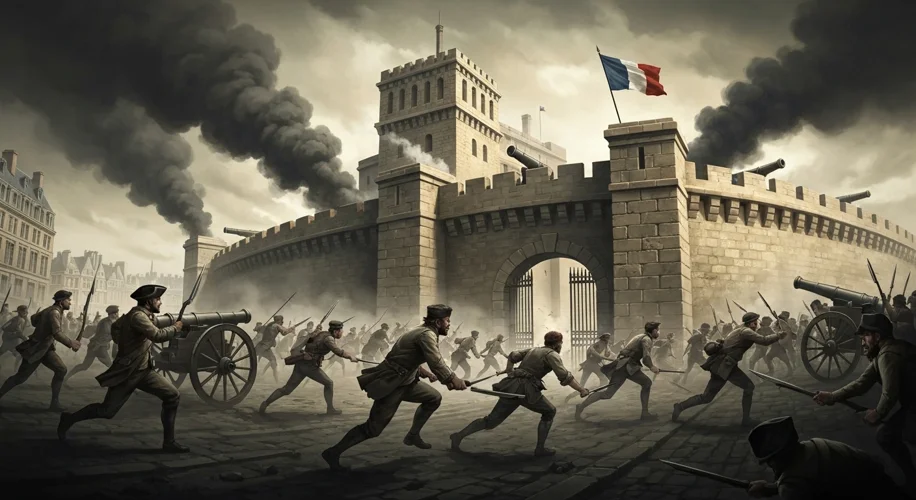The year is 1789. France, a nation of dazzling courts and starving peasants, teetered on the precipice of chaos. For centuries, a rigid social order, the Ancien Régime, had dictated every facet of life. At its apex sat King Louis XVI, a monarch of indecisiveness, surrounded by a court that prioritized opulence over the rumblings of discontent.
Imagine Paris. Not the romantic city of lovers we know today, but a sprawling metropolis rife with tension. The air was thick with the smell of unwashed bodies, woodsmoke, and a growing desperation. The common people – the Third Estate – bore the crushing weight of taxes, while the clergy (First Estate) and nobility (Second Estate) enjoyed privileges that seemed as ancient and unshakeable as the stones of Notre Dame. France was bankrupt, a consequence of lavish spending, costly wars (including aid to the American Revolution), and a tax system that was both unfair and inefficient.

At the heart of this simmering cauldron was the Estates-General, a national assembly that hadn’t been convened in 175 years. Summoned by Louis XVI in a desperate attempt to address the fiscal crisis, it was meant to be a forum for discussion, but it quickly became a battleground. The Third Estate, comprising 97% of the population, found itself outmaneuvered by the entrenched power of the privileged orders. Their demand for voting by head, not by estate, was met with resistance. Locked out of their usual meeting hall, they famously gathered at a nearby indoor tennis court and took the “Tennis Court Oath,” vowing not to disband until a new constitution for France was established. This was no mere protest; it was a declaration of defiance.
The spark that ignited the inferno was the storming of the Bastille on July 14, 1789. A symbol of royal tyranny and oppression, this medieval fortress-prison was attacked by a Parisian mob hungry for gunpowder and arms. The ensuing violence, though relatively few prisoners were liberated, sent shockwaves across the nation. It was a visceral manifestation of the people’s power, a moment where the abstract ideals of liberty and equality began to take on a bloody, tangible form.
The revolution, once unleashed, was a tempest that swept away the old order with breathtaking speed. The National Assembly abolished feudalism, declared the Rights of Man and of the Citizen – a document that proclaimed liberty, equality, and fraternity as fundamental rights – and stripped the Church of its lands and power. The monarchy itself was eventually abolished, and Louis XVI and Queen Marie Antoinette met their end at the guillotine, their once-sacred heads falling into a basket of sawdust.
But the revolution was not a monolithic event. It fractured into ever more radical phases. The Reign of Terror, led by figures like Maximilien Robespierre and the Committee of Public Safety, saw thousands guillotined in the name of revolutionary purity. Fear and suspicion became the currency of the day, turning former revolutionaries against each other. It was a brutal paradox: a movement born of liberty devolving into widespread repression.

The revolution’s echoes reverberated far beyond France’s borders. It inspired democratic movements worldwide and sowed the seeds of nationalism. Yet, it also led to years of warfare across Europe as other monarchies sought to contain the revolutionary contagion. The constant turmoil and the search for stability paved the way for a new figure to rise from the ashes: Napoleon Bonaparte. A brilliant general, he seized power in a coup d’état in 1799, effectively ending the revolutionary decade and ushering in a new era of French dominance and empire.
The French Revolution remains a complex, often contradictory, chapter in human history. It was a testament to the human yearning for freedom and justice, a radical experiment that fundamentally altered the course of modern governance. It demonstrated that the will of the people, once galvanized, could indeed topple empires. Yet, it also served as a stark warning about the dangers of unchecked radicalism and the ease with which revolutionary ideals can be corrupted. The shouts of “Liberté, égalité, fraternité” were sometimes drowned out by the chilling whisper of the guillotine, a poignant reminder of the high price of profound societal change.

